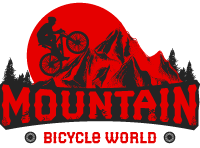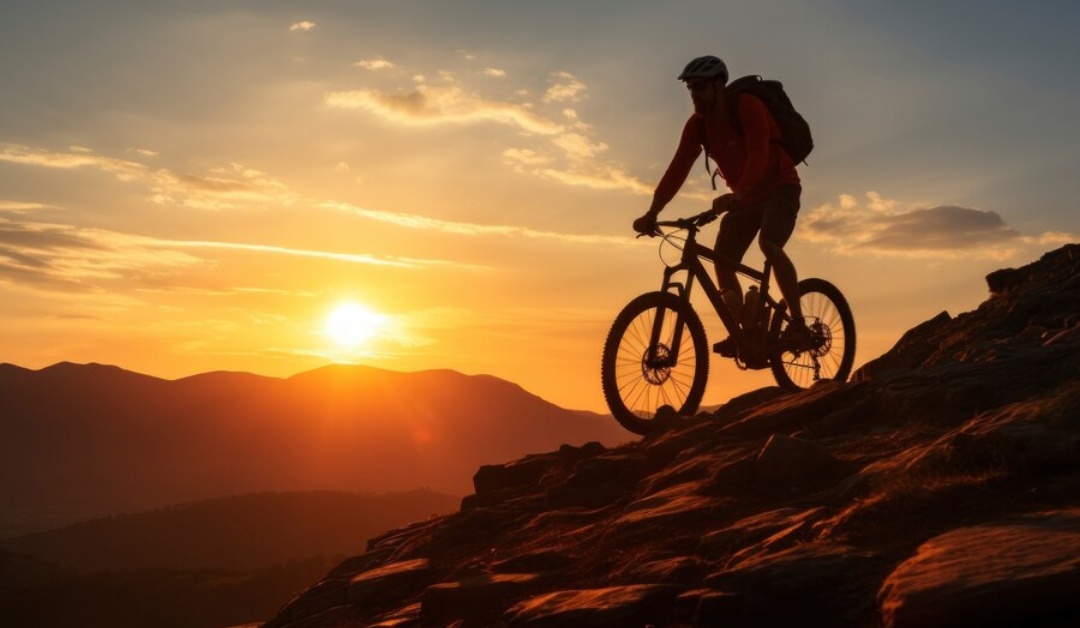Mountain Bike Price Ideas: Everything That You Should Know
What if I tell you you can get a mountain bike? Wait! A reliable mountain bike that will boost your confidence out on the trails, a bike that you can upgrade as your skills grow, a bike that will let you ride any green, blue, and even black diamond trail.
What if I tell you it will cost you according to your budget? Yes! Now we’re going to discuss mountain bike price ideas!
Contents
Hardtail Mountain Bike
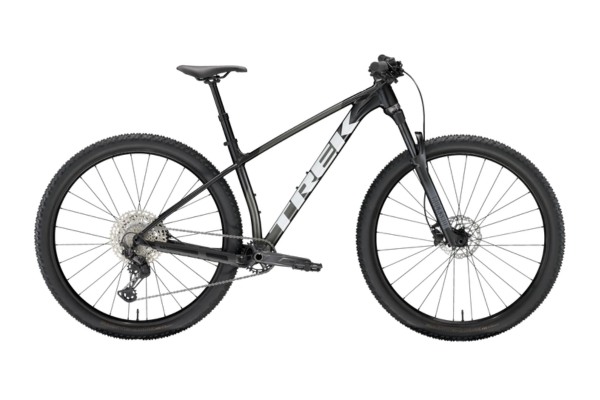
We all love riding bikes as much as possible. Some of us can have the opportunity to ride as much as we like. But for most of us, opportunity is of the essence. I think mountain bike lovers should buy a hardtail and have one in their garage. Let’s reveal the details of a hardtail mountain bike:
Cost
When it comes to mountain biking, the first thing that everyone thinks about is the cost of the bike. Mountain biking can be quite expensive, but hardtails are like a budget-friendly one, and it’s a great way to get into the sport.
You can get a super budget hardtail or you can get a high-end race machine, a thoroughbred and a bit like the hardtail bike. You would think this would be expensive, but it’s not. If you want to compare the price range of other mountain bikes to hardtail bikes at the same price, you would get considerably less for other bikes than a hardtail. Because the componentry on the hardtail has gone where it needs to be.
In the present market situation, the average price of a hardtail mountain bike can be 500 to 1000 USD for beginners. For intermediate riders, the range can be 1000 to 3000 USD or more, with better features and components.
Maintenance
Hardtail is a low-maintenance bike because you’ve got no moving parts on the rear. If you were to have another mountain bike and there’s a little knock going to the rear, you have to address it very quickly because if you don’t, it’s just going to get worse and worse, and then it will cost a lot of money.
Hardtail is maintenance-free, but you have moving components that you have to maintain, but it’s less stressful than other mountain bikes. Life is better with less stress on a hardtail bike.
Simplicity
The concept and design of the hardtail are beautiful in their simplicity. Personally, I think the aesthetics of this machine are really hard to beat. You get these incredible cross-country weapons because they’ve got nice, beautiful lines and they’re super lightweight.
It has that silhouette right in your mind, and it’s hard to beat. That’s important because if you want to get into the sport of mountain biking, you want something that looks incredible and is incredible to run.
Smooth Riding Style
Riding the hardtail develops a certain robustness with all those big hits, and you feel the ground underneath you. Because you haven’t got the ability to soak it up. There’s no dampening on the bike. You feel it through the pedal. So whatever you ride over, you feel it through the pedals and into your knees.
The only way to get a smooth ride is to watch the terrain and react to it through your body. This is still something that is possible on a full-suspension bike. But the interesting difference is learning to read the terrain on a hardtail. If you have come over from a full-suspension bike to a hardtail, you’re going to find it a lot harsher. Because you’ve probably learned a few bad habits on the way with a full-suspension bike, whereas on the hardtail, you will learn all the fundamentals on how to make the trail feel a lot smoother.
The True Foundations of Mountain Biking
In the old days, mountain bikers founded upon technology coming into the sport, and what I mean is they brought in the suspension fork on the front. They shot it down. They didn’t like it at all. Now, the mountain bikes we ride these days, the full suspension bikes, have dropper posts with one-drive systems. You’ve got clipless pedal suspension too.
That is totally different from those clunkers back in the 1970s. But there’s something about the trusty hardtail and those clunkers in the 70s. They kind of share the same kind of DNA, apart from the suspension forks on the front and the hydraulic disc brakes. But the ride and everything that they share between the two are pretty similar. So riding a hardtail is like riding a bit of full suspension. What I want to say is that the hardtail is the perfect foundation to start on, to ride, and to learn all the skills.
Full-Suspension Mountain Bike
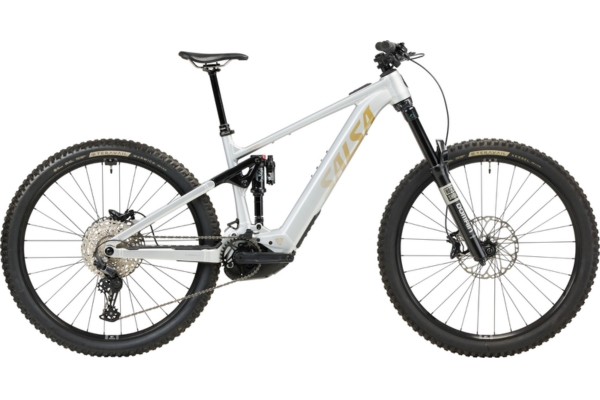
Now, what about if you’re buying a full-suspension bike? Well, don’t worry. I’m here with everything you’ll need when it comes to buying your first full-suspension mountain.
Suspension Basics
Full-suspension bikes are more complicated by their very nature than their hardtail counterparts. Because there’s more moving parts going on. You’ve got a rear shock that needs to be driven in some way, shape, or form. So there are different linkages, idlers, and various other systems out there that are crucial to understand.
I think before you decide what kind of full-suspension bike to buy, you’re going to take into account different lengths of travel. You’ve got a whole host of things to choose from, but as a rough guide, anything with around 100 miles of travel is generally considered. A cross-country bike between 120 and 140 mil, or maybe up to 150 mil, is a trail bike; 150–170 mil is an enduro bike; and anything over 180 mil, especially up to 200 mil of travel at the back, is definitely downhill bike territory.
Cost
I want to talk about cost now, because there’s no denying it, and there’s no getting away from the fact that a full suspension bike costs more. There are a few reasons why you can get a whole new moving part added to the bike. There’s an extra expense in the manufacturing process of the frame. It becomes a little bit trickier because you can get linkages, more moving parts, separate parts going on, and integrate things like bearings and bushings.
So this all adds up to the production process when it comes to manufacturing, increasing the cost. The average cost of a full suspension bike starts at 2500 USD, and it can be up to 6,000 USD according to its features and components.
Smooth Ride
A full-suspension bike is going to be like riding a magic carpet. All that travel at the back, especially if you come from the world of hardtails, is going to feel like an absolute dream. especially when the trail gets rougher. So you’ll choose what kind of travel you want at the back. You’ll generally have slightly more travel up the front to take all the impacts.
Honestly, you’re going to hop on a full-suspension bike!
Slower Climbing
When it comes to certain types of riding with a full suspension bike, it is going to slow down a little. So I say it’s like a magic carpet, smoothing out all those bumps and whatnot. However, the bob is in suspension unless it’s got a lockout, which some suspension units definitely do. Especially when we go towards that XC of the scale, it’s going to be a little slower up the hills. You’ll have a little bit more weight to drag; you’ll get that bobbin feeling, and it’s just going to take you a little bit longer.
But don’t let that put you off. I still think a full-suspension bike is the way to go.
Maintenance
The pivots, linkages, bushings, and bearings wear out much like your drivetrain does on any other kind of bike. They’re subject to wear and tear from the elements—water, dirt, grit, dust, and things like that—and because of that, they wear over time. So you have to keep on top of them. You have to keep an eye out for any knocks or play in them.
You can often find out if you just sort of pick up the seat tube and feel a knock, like going up and down. This is something that could indicate there is wear and tear. Also, any sort of side-to-side flex is possible if you hold the bike and flex the wheel side-to-side. You will hear it knocking. Obviously, it can be the wheel, but potentially something is going on in a pivot as well. Always make sure things are talked up correctly and greased up where they should be. If there is any play or movement, replace that as soon as possible. Because it can result in more damage further down the line to the potential frame as well.
Comparison Table of Hardtail and Full-suspension Mountain Bike
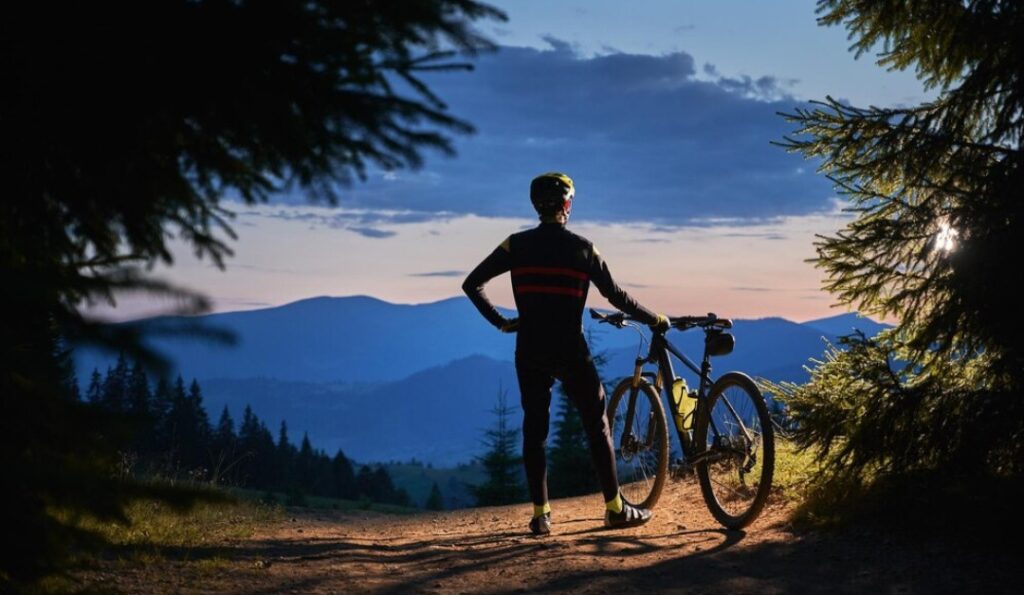
| Criteria | Hardtail | Full Suspension |
| Cost | From 500 USD to 1000 USD | From 2500 USD to 6000 USD |
| Riding style | Smooth | Like a magic carpet |
| Weight | Quite lightweight | Quite heavy |
| Maintenance | Easy to maintain | A little bit trickier to maintain |
| Climbing speed | Quite faster | A little slower |
| Upgrade | Sometimes its parts aren’t found according to its foundation. | Easy to upgrade |
Further Reading: Hardtail Vs. Full Suspension Mountain Bike
Conclusion
I hope now you’re clear about hardtail and full-suspension mountain bikes and their basic details. Also, now you have mountain bike price ideas. You will be capable of choosing the perfect one for you. Besides, if you want to take every single step on your bike by yourself, here’s your ultimate guide!
